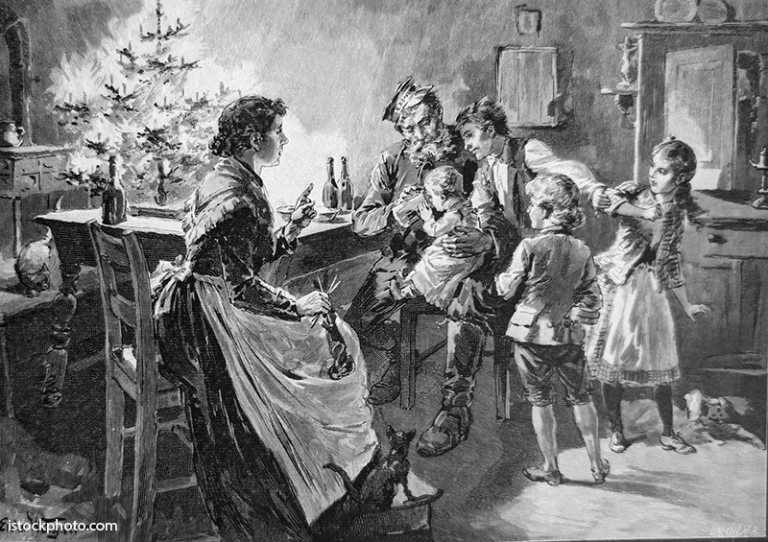
All public universities, including regional institutions, play a vital role in workforce development by educating and training millions of professionals who are essential to the economy and the well-being of society. Regional public universities train millions of professionals—teachers, nurses, engineers and more—who are critical to the functioning of the community, economy and society. According to the World Economic Forum, broader digital access, continually increasing cost of living and aging populations call for regional responsiveness, beginning with regional universities.
Regional institutions produce the teachers (half of all public school teachers graduate from Regional Universities), nurses (the top ten up-and-coming nursing schools in the South are at regional universities), engineers, public servants and other skilled professionals who communities depend on daily. By aligning academic programs with labor market needs, regional public universities help ensure graduates are prepared to meet the demands of a rapidly evolving, locally driven workforce.
Public universities are engines of workforce development, preparing millions of students each year to enter careers essential to the nation’s economic strength and social well-being, reports the Association of Public and Land-Grant Universities. Regional universities should collaborate closely with local industry partners, government agencies and community organizations to align academic programs with current and future labor market needs. It is in everyone’s best interest. According to Jenzabar, collaboration makes excellent business and educational sense: local businesses provide resources, adjunct faculty are available with hands-on experience, internship opportunities provide on-the-job training, students learn about local job markets and collaborative engagement helps drive enrollment for universities. A well-prepared workforce brings positive benefits for all in high-demand fields, such as healthcare, education, information technology, renewable energy and advanced manufacturing. Benefits include bridging skills gaps, supporting regional economic development and creating pathways to upward mobility for diverse student populations.
Moreover, regional public universities are uniquely positioned to serve nontraditional learners, including adult students, career changers and veterans through flexible learning options like online courses, certificate programs and continuing education. This adaptability ensures the workforce remains dynamic and resilient despite technological change and economic shifts. In addition and importantly, regional institutions inspire aspiration and provide a trajectory for nontraditional learners to aspire for a better life for their families, reports the Scholars Strategy Network.
In short, public universities are not only institutions of learning, but they are also foundational to developing a capable, future-ready workforce that supports a thriving, economically responsive society grounded at the local level. By aligning academic programs with labor market needs, regional universities help ensure graduates are prepared to meet future workforce demands.
According to the Association of American State Colleges and Universities, public colleges and universities enroll 70% of all undergraduate students and award 66% of all bachelor’s degrees in the U.S. While much of workforce readiness is focused on undergraduate preparation, graduate programs play an increasingly important role in workforce education, especially at institutions like West Texas A&M University which addresses regional needs by serving locally first.
The Federal Reserve Bank of Cleveland shares four important lessons learned over the past four decades, for both undergraduate and graduate programs: collaboration and commitment are essential for building effective programs; communication between employers, workers and trainers is needed to ensure that programs tackle the right problems; effective workforce development programs recognize that place matters; and programs should be regularly and objectively evaluated based on data and informed by research.
In a previous editorial, I stated that universities like West Texas A&M University are geographically associated with the places in Texas that produce the food, fuel and fiber that nourish, power and clothe our state and nation. WT and similar universities frequently serve rural populations and help the people of the regions attain their aspirations. In Texas, about half of all college graduates come from regional institutions. These widely dispersed institutions comprise the vast majority of universities in Texas and provide educational accessibility to a wide range of students who might face barriers to attending one of the larger publicly funded institutions in more metropolitan service areas.
In summary, regional public universities are not only institutions of learning; they are foundational to developing a capable, future-ready workforce that supports a locally thriving, economically viable society. Regional campuses often provide geographically driven access and affordability that would be lost without the localized connection. Too often, distant universities, no matter their perceived excellence, are just that—distant in multiple ways from rural Texas.
Walter V. Wendler is the President of West Texas A&M University. His weekly columns, with hyperlinks, are available at https://walterwendler.com/.







